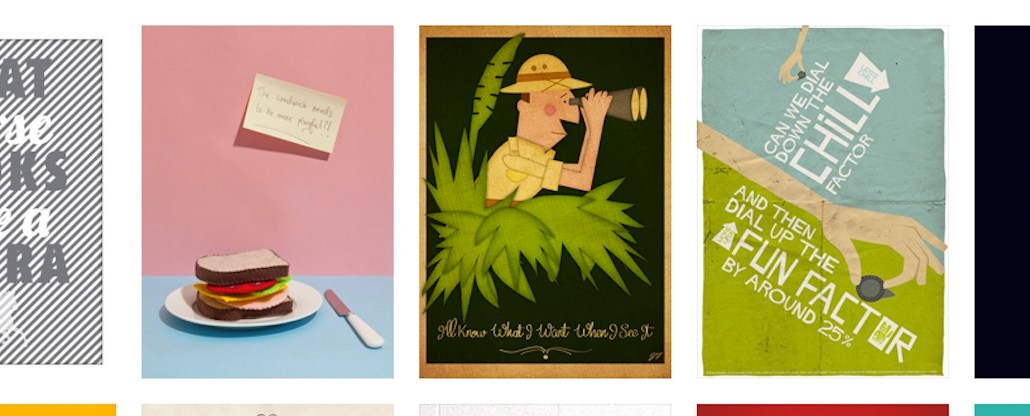Save 50% on a 3-month Digiday+ membership. Ends Dec 5.

Briefs serve one purpose, and one purpose only: covering ass.
Creatives — copywriters, art directors, and graphic designers — refuse to do advertising work for a product or service without a brief signed off by the client. Meanwhile, marketing people often fill out these briefs with the vaguest, most meaningless sentences possible that will make it impossible for the agency to blame them when the ads don’t work.
Marketing people do like writing briefs, just not in any way that is at all helpful to the creatives. They like writing them because it’s their own big-boy chance to be “creative.” And, it’s their chance to show off their useless master’s degree by breaking out their soul-snuffing buzzword-infused proprietary newspeak.
The most important question on the brief
Marketing briefs are a series of questions to be answered by the client. The form varies, but they all usually contain the following pivotal query:
“What is the ONE key message/benefit/insight you want to communicate?”
If the client response is — beyond all hope — just one thing, well you’re in the presence of a goddamn miracle. Make a copy of the brief, frame the original, and then take it to the Museum of Modern Art for immediate installation.
If the response is one thing and it’s handwritten, set up an auction at Sotheby’s. Your working days are over.
Alas, this question is often answered with three main benefits, four key messages (all included in one run-on sentence), and paragraphs of “insights,” all to be included in the 10-second video. They do this, as previously mentioned, to cover their ass. Creatives call this “stuffing 100 pounds of shit in a five-pound bag.” (The numbers vary.)

Please include some creative direction
“MAKE IT POP,” writes the MBA educated CMO. See also: “JAZZ IT UP.” Meanwhile, the brief is for an online brochure for a urinalysis machine.
Other words clients put in this brief section include: “Do something different but the same” as our last campaign. “Make it ultra shareable.” And the always helpful “I’ll know it when I see it.”
Even worse, sometimes marketers write their own concepts in the brief, sometimes even drawing a crude layout. Under it, they’ll write: “This is my first thought, but you’re the creatives.”

Client-created ads work as ads about .000001 percent of the time. But if you don’t include their ghastly off-strategy (a strategy they put into the brief) idea in the presentation, you’ll be fired, eventually.
Lastly, if the brief looks anything like this…

… print a copy out, grab the spineless responsible account person, and make him/her follow you to the shredder. As he/she is yelling high-decibel queries at you, don’t make eye contact, say nothing, and return to your seat.
But don’t take my word for it. Some of the best bad client feedback has been turned into motivational posters by a collective of Irish creatives. See all of them here.
More in Marketing

Visa extends its reach into the creator economy’s liquidity crunch
The financial firm is working with creator financial platform Lumanu.

Why Carter’s new CMO wants more emotional, relatable marketing across channels
Carter’s CMO Sarah Crockett joined the company in the summer of 2025 with a goal of doing more realistic, relevant storytelling around childhood and parenting. In an interview with Modern Retail, she shared more about her approach.

U.K. retailer Tesco wants advertisers to see it as equal to any traditional media partner
Tesco’s client development director, Nick Ashley, talked to Digiday about its latest Upfront, the importance of shopper data, as well as how much its ad business impacts profit margins.





